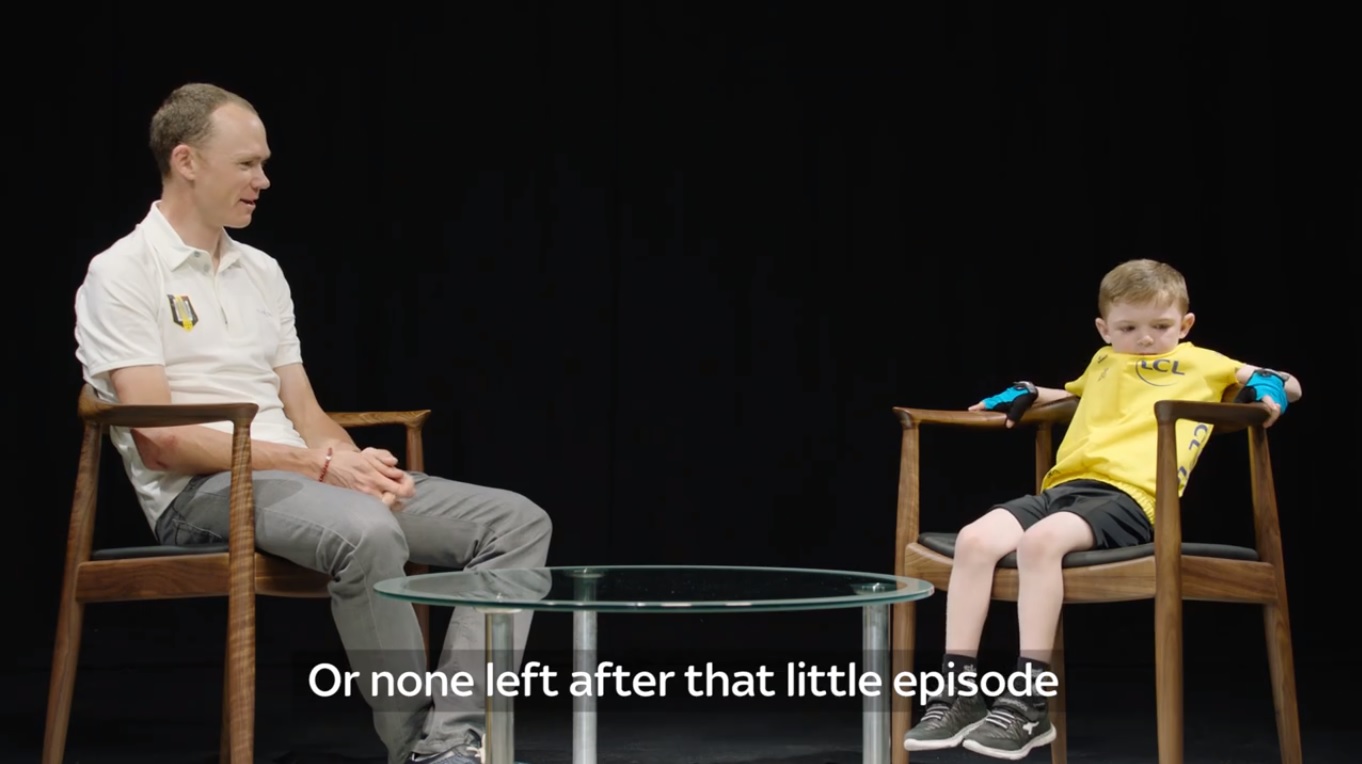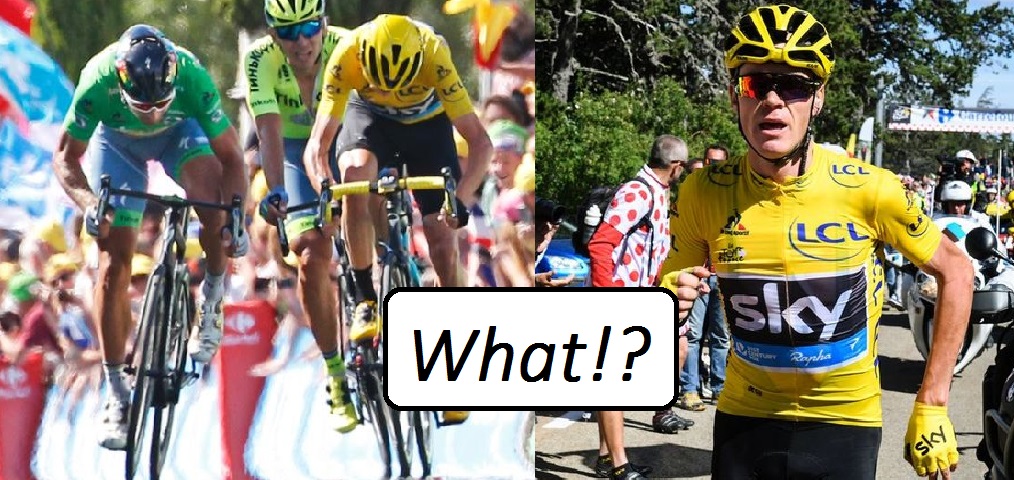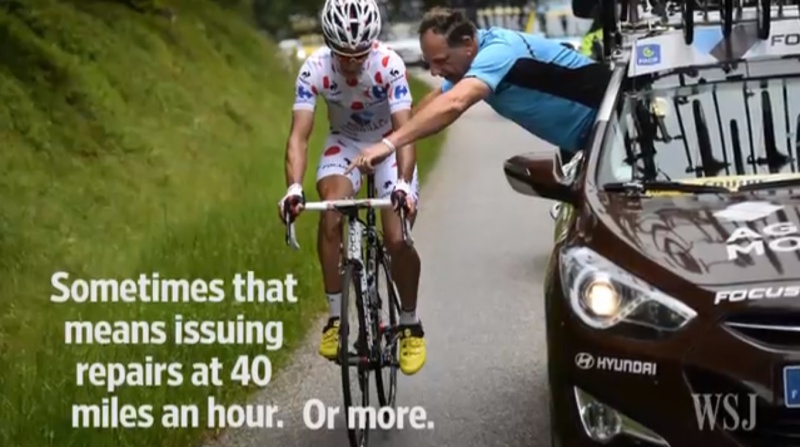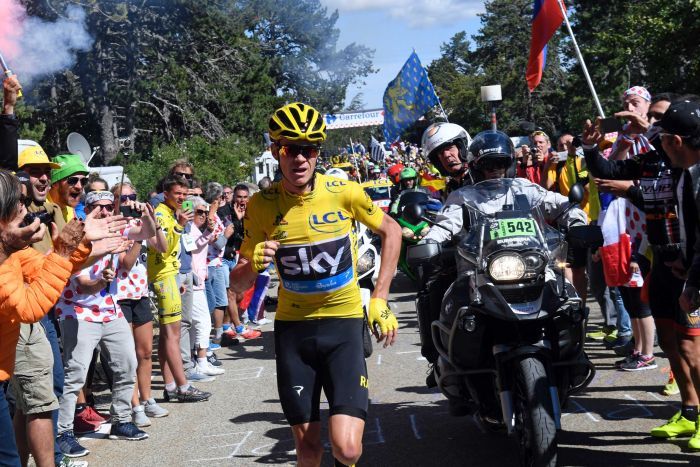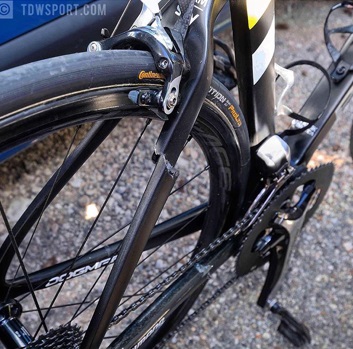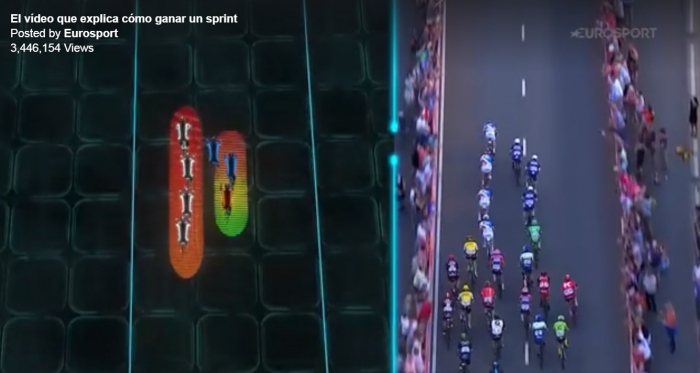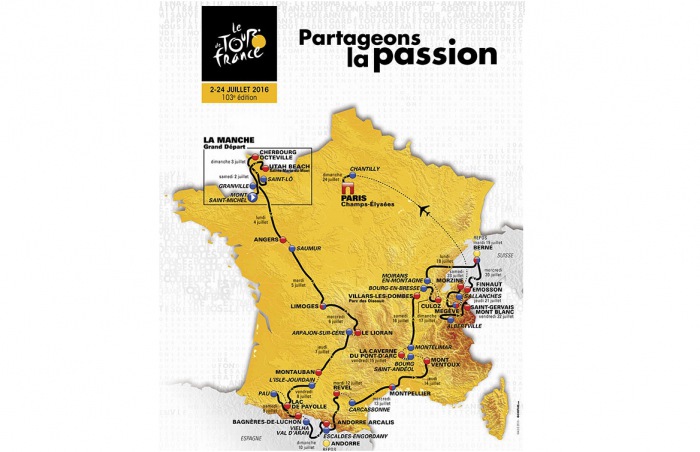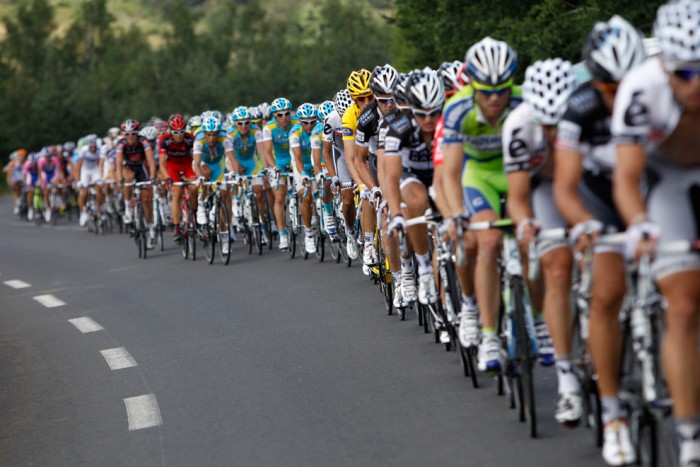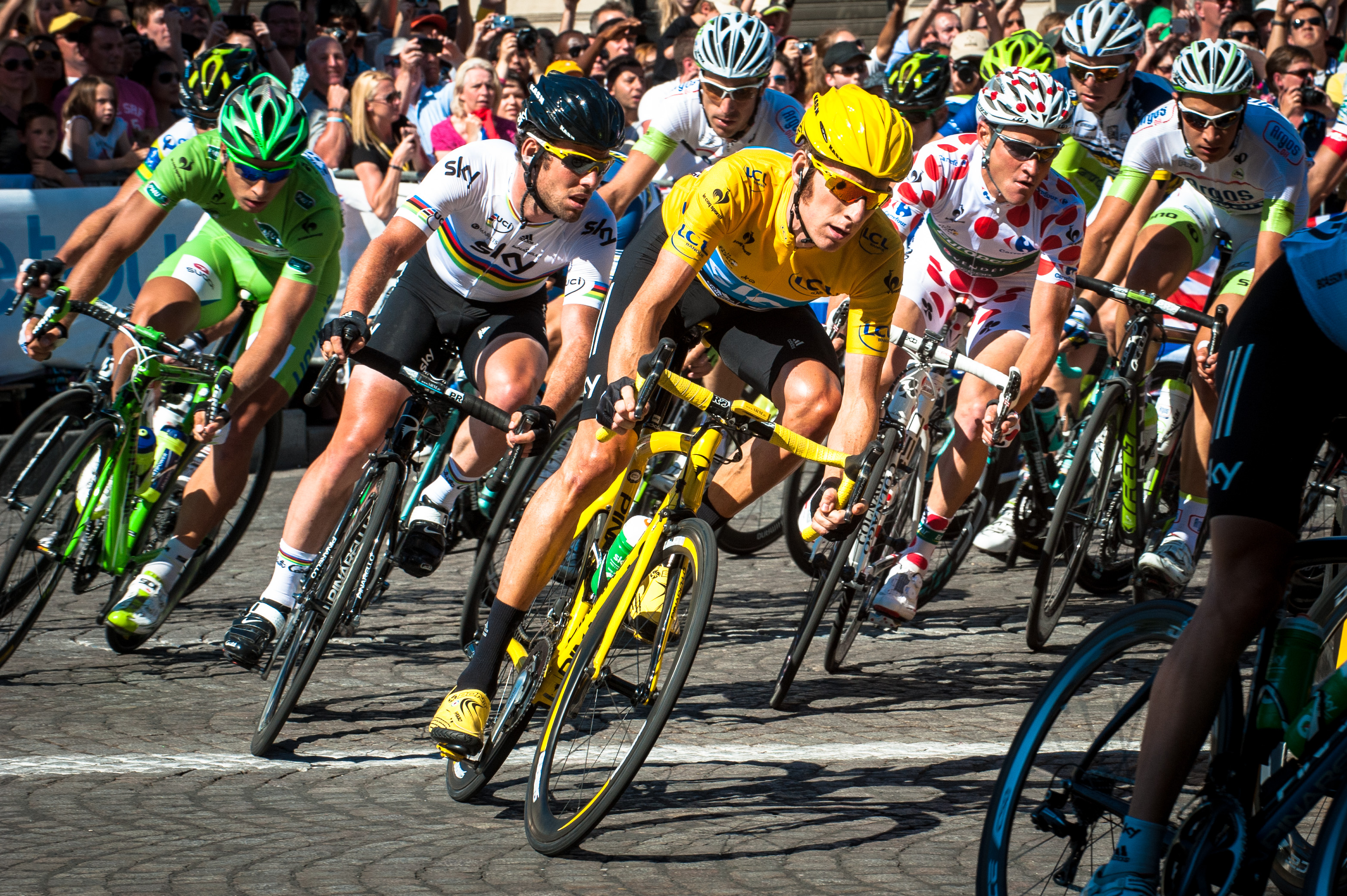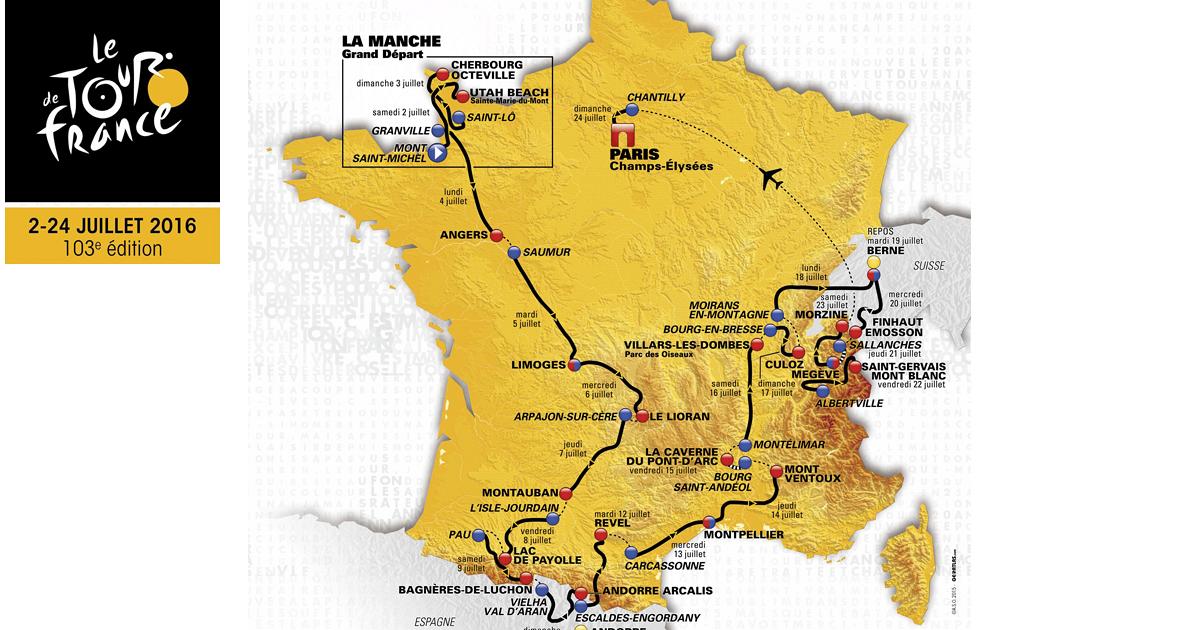The 2023 Tour de France is positioned to deliver non-stop action and excitement, making it one of the most memorable races in recent history. With the Grand Départ starting in Bilbao, Spain, the race will showcase some of the country’s most breathtaking landscapes, including rolling hills, pristine coastline, and quaint villages.
As the race makes its way to France, cyclists will face a number of challenging routes that test their endurance and ability to tackle difficult terrain. The return of the Puy de Dôme, a dormant volcanic dome in the Massif Central, is a particularly exciting addition to this year’s route. The climb is known for its steep incline and breathtaking views, making it a popular destination for cyclists and fans alike.
In addition to the challenging routes, the 2023 Tour de France is also notable for its short time trial distance. With the time trial portion totaling only 22 kms, this year’s race is set to be a test of speed and skill, as cyclists race against the clock to determine who has the best all-around abilities. This, combined with the arduous itinerary, will make the 2023 Tour de France a true test of athleticism, as cyclists push themselves to their limits in an effort to come out on top.
The Stages
Featuring a balance of flat terrain for sprinters, mountain peaks for climbers, and a time-trial for specialists, the 2023 Tour de France promises to be a thrilling evaluation of endurance and technical ability. The race kicks off in Bilbao, Spain with a 185 km loop that includes five climbs and over 3,300 m of ascent. The first week takes riders through the Basque region, with highlights including San Sebastian, Bayonne, Nogaro Circuit, and Pau.
The mountains make their appearance in the second week, with stages that feature the Aspin, Tourmalet, Col de la Ramaz, Joux Plane, Col de la Loze, and the final climbs in the Tour. The individual time trial on July 18 offers a chance for the specialists to gain time, before the sprinters return front and centre in the final phases. The race concludes, as is tradition, on the Champs-Elysées in Paris.
In total, the Tour de France 2023 features 21 stages, covering over 3,000 km and 50,000+ m of ascent. It begins on July 1st and finishes on July 23rd. Whether you’re a fan of the sprinters, the climbers, or the specialists, there is something for everyone in this year’s race. So get ready to follow the action as the world’s best riders take on the challenge.
The Riders
With the race fast approaching, you can bet that all the world’s top racers have been preparing diligently for the most prestigious event of the year. 2023’s race promises to be a gripping battle between three of the best riders on the planet.
Let’s take a closer look at Jonas Vingegaard, Tadej Pogačar, and Egan Bernal and their chances in the Tour de France 2023. With similar strengths and a wide breadth of combined experience, the battle for this year’s Maillot Jaune is projected to be a nail-biting adventure the entire way through.
Jonas Vingegaard

Age: 26
Team: Jumbo Vismo
Nationality: Denmark
Jonas Vingegaard, winner of the Tour de France 2022 and runner-up in 2021, is considered the top favourite for victory in 2023. He might have been a surprise package in 2021, but his performance last year was nothing short of a masterpiece. His biggest weakness is his limited experience in Grand Tours, but his ability to adapt to new roles has already been put to the test, one which he has passed with flying colours.
The 2023 Tour route, with its emphasis on ascents, is the perfect opportunity for Vingegaard to once again take the tournament by storm. He is an exceptional mountain climber and time trial specialist, undoubtedly boosted by his confidence from last year’s win, making him a monster to face in this year’s competition.
Tadej Pogačar
Age: 24
Team: UAE Team Emirates
Nationality: Slovenia
Tadej Pogačar, the winner of the Tour de France in 2020 and 2021, is the number one rival for Jonas Vingegaard. He has been the most successful Tour de France racer in the last three years with his results speaking for themselves. He is powerful on all terrains, and it’s safe to say he has any mistakes from last year sitting very comfortably at the forefront of his mind.
The 2023 Tour route is tailor-made for Pogačar, with its hilly start in the Basque Country and plenty of high mountain stages. He is a rider who thrives on unpredictability, and in a route where anything can happen, he will feel right at home and ready to take back his title.
Egan Bernal
Age: 26
Team: Ineos Grenadiers
Nationality: Colombia
Egan Bernal is a bit of a mystery figure in this year’s race. Despite his life-threatening injuries from a crash in 2021 and potential complications in his recovery, he has made a remarkable comeback. Bernal remains cautious, stating that merely completing the race in Paris would be a major accomplishment, yet he possesses several advantages, including real-life victory experience from his win back in 2019.
The climbing-focused route of the 2023 Tour suits Bernal perfectly, providing him with an opportunity to regain his top form. He excels in climbing and performs well in time trials, making him a strong contender for the overall win.
The Classifications
The Tour de France is renowned for its challenging terrain and fierce competition. However, it’s not just about the overall winner, as there are several classifications that riders can compete for throughout the race. Here’s a look at the main categories:
Yellow Jersey (Maillot Jaune)
This is the most prestigious classification, awarded to the rider with the lowest overall time after each stage. The rider wearing this jersey is considered the leader of the race.
Green Jersey (Maillot Vert)
This classification is awarded to the rider with the most points earned through intermediate sprints and stage finishes. Sprinters are usually the top contenders for this jersey.
Polka Dot Jersey (Maillot à Pois Rouges)
This classification is awarded to the best climber of the race, given to the rider who accumulates the most points from reaching the summit of designated mountain stages.
White Jersey (Maillot Blanc)
This classification is awarded to the best young rider under the age of 26. It is calculated in the same way as the Yellow Jersey, but only for riders within the age range.
Team Classification
This classification is awarded to the team with the lowest overall time for its three best riders in each stage.
These classifications add extra excitement and competition to the race, with riders striving to be the best in their respective categories. The Tour de France is a true test of endurance, skill, and teamwork, with each classification representing a different aspect of cycling.
The beauty of this system is it allows the individual strengths and skill sets of different riders to shine through and be recognized on the world stage. Even if you aren’t the overall winner when your bike crosses the line in Paris, you’ll have had the chance to make your mark on this prestigious event, and cement your name in cycling history.
Whether you’re a beginner, amateur, or professional cyclist, there’s few things more exciting than getting to watch the best of the best compete in the sport that you love. We’ll be following this year’s race closely to see what the world’s top cyclists can produce, and look forward to the new standards that will be set in this ever-changing and always dynamic global display of grit and determination.
We hope you get to enjoy the spectacle alongside us as we all work towards our own personal bests of becoming better, stronger, healthier cyclists!
